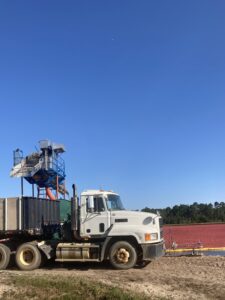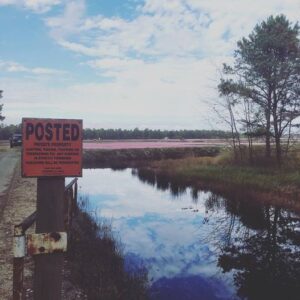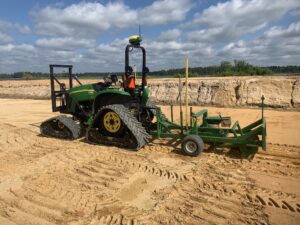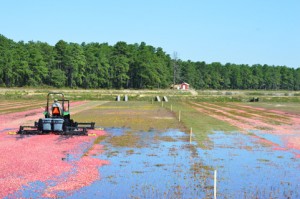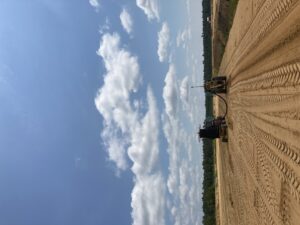As we look forward to the harvest, we’re also looking back into our past, like this post about our founder, Martin L. Haines:
The first topic for discussion, “Failures in Cranberry Growing and their Cause”, was opened by Capt. Haines, Mr. Budd being absent.
He said he had never failed in cranberry growing and hence was not a good judge.
We’ve also talked about his youngest son, Ralph Haines:
“He had a broad perspective and a lot of insight,” Bill says. “He loved the business and loved that it was a family business, but he was also interested in how it connected to the rest of the world. And I think he passed that on to the succeeding generations. He was the only brother to have children, and it’s his line who kept the business going.”
When talking about various projects around the farm, we frequently refer to the bogs by name, and some of them have interesting backstories!
We also have bogs named for former team members and residents. The best recognized is probably Fred Brown, a section consisting of four bogs located near Brown’s former home on the property. Fred is, of course, most well-known to readers of The Pine Barrens, by John McPhee, and was a highly colorful character, to put it mildly.
The events of this week have brought back some more recent memories, as well. Pine Island remained unscathed this time, but we weren’t so lucky with Isaac. But we were able to get back up and running before harvest!
…our team has risen to the challenge; they are working seven days a week from just about sunup to sundown to get us on track for the harvest and make us better than ever. Junior Colon, a second-generation employee who’s been with us full time for over thirty years, said it best out at Sim Place: “We’re still going. We won’t stop, and we’ll get it done.”
A note about this year’s harvest: while Pine Island Cranberry has never given tours to the public, we do try to keep a list of operations that do offer them. Most operations have suspended them for 2021 but are hoping to return in 2022. In the meantime, please keep checking the tour page: last year Whitesbog offered a wonderful self-directed regional driving tour and Rake Pond Farms offered a U-Pick option that was very popular, and we love to keep our readers informed of similar options as they turn up!
We also field a lot of questions about where people can take photos. We are not able to tell you with any certainty what days the harvest will be visible from the road; our plans can and frequently do change with the weather. But if you do time it right and see our crews harvesting at our roadside bogs, it’s perfectly okay to stop and take pictures! (Phones or cameras only; we do not permit drone photography.) Please remember, however, for our team’s safety and your own, that Pine Island Cranberry is still private property. Pull over somewhere safe, remain next to your vehicle (please do not walk or drive onto the dams to get a closer look), make sure to stay out of any driveways…and make sure to tag us at @picranberry! We love to see the beautiful shots people have taken.

